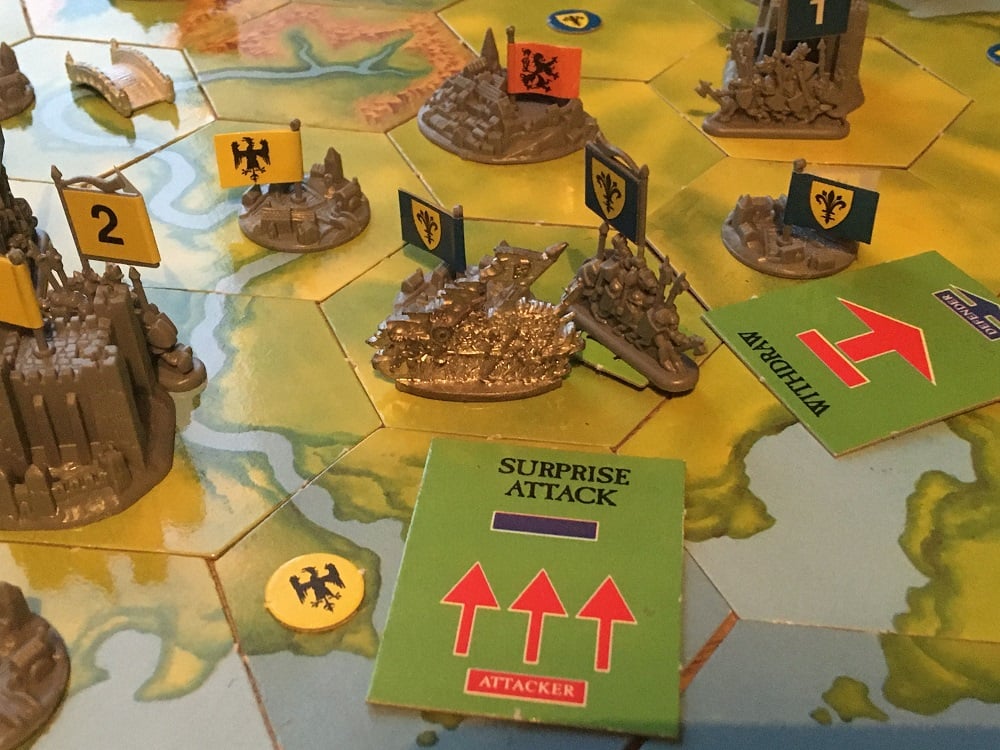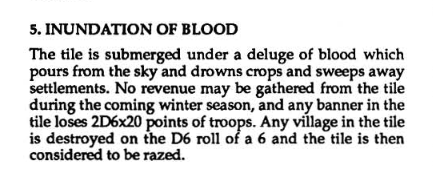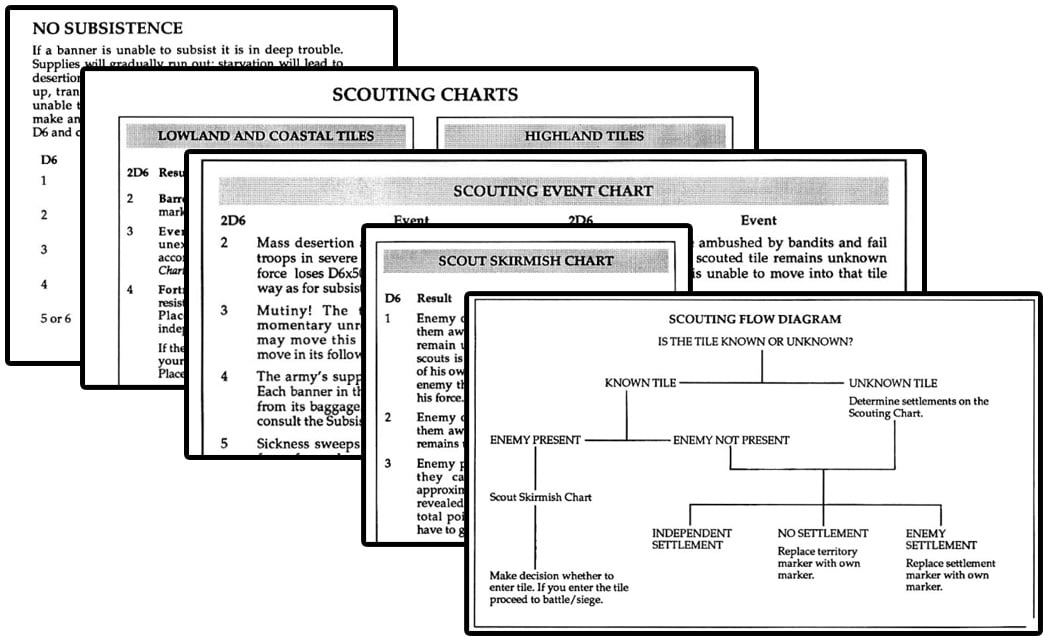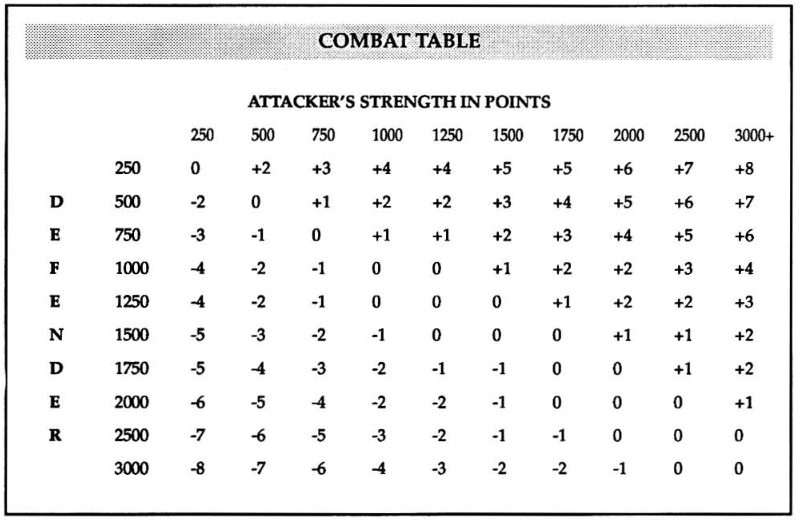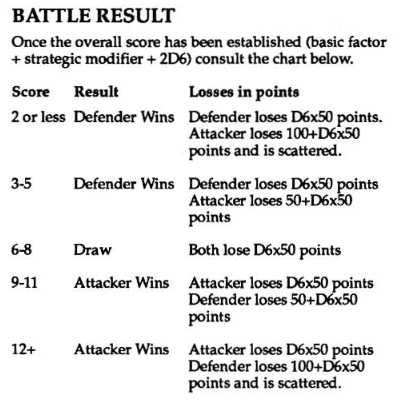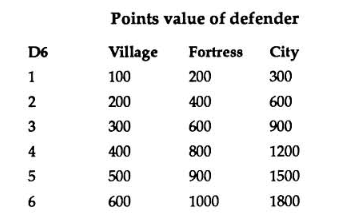‘Mighty Empires’ – Or That Time Games Workshop Decided to Be Avalon Hill
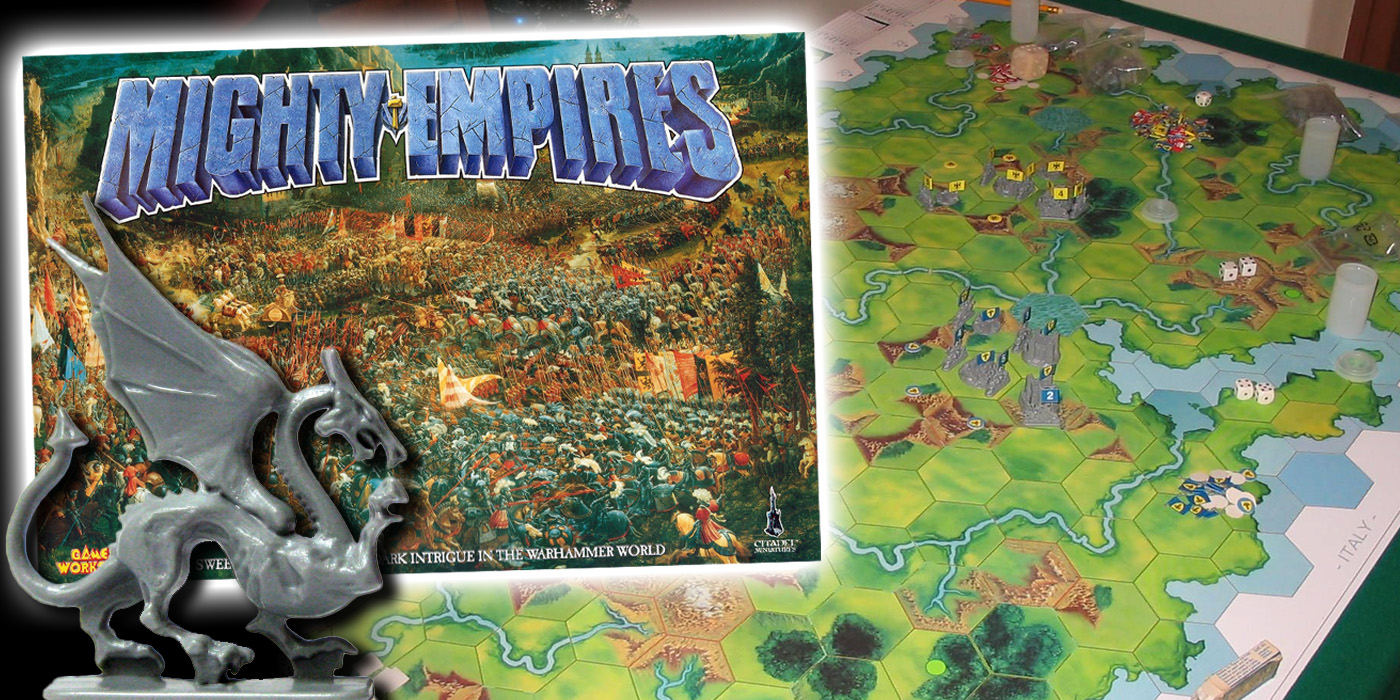
To say Mighty Empires is ambitious is like saying Nurgle kinda stinks. It was a game so grand in scope it never really got the chance it deserved.
Warhammer, in general, has never been shy about trying something new. Games Workshop is all too often ready to throw some rules spaghetti at the wall in order to see what sticks. However, what happens when all the spaghetti sticks? You get Mighty Empires.
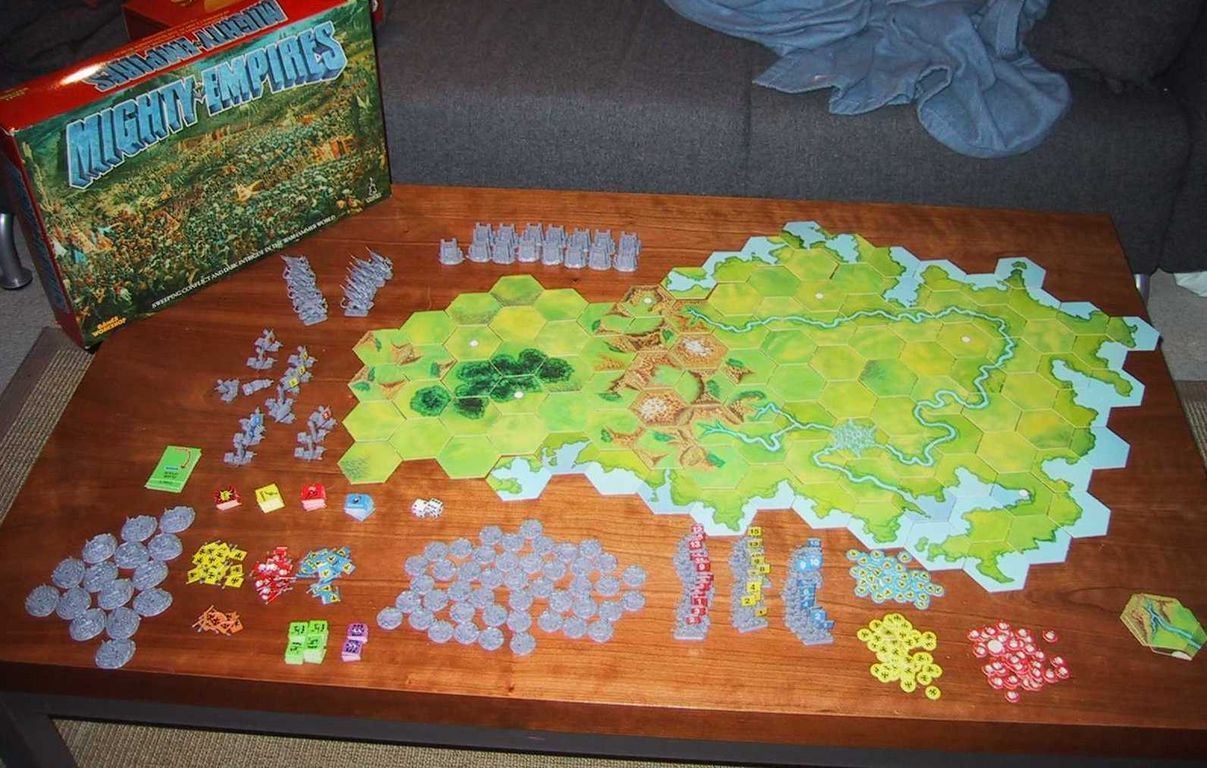
Mighty Empires was developed in 1990 by Games Workshop and served two main purposes: it could function as a template for a full continent-wide campaign setting for Warhammer Fantasy Battle, or it could be a self-contained board game. But perhaps it may be best described as an entirely new game system. It featured rules for everything from building a calendar to mark the changing of the seasons when your wizards could cast spells, to maintaining supply lines in order to keep your armies from starving in the winter.
It was ambitious in a way you rarely see outside of companies like Avalon Hill but thankfully didn’t go so far as Campaign for North Africa.
Mighty Empires is Very Strategic
Mighty Empires begins with my favorite gameplay setup mechanic: modular map tiles. The map is so important and specific that it has its own chapter in the rule book, taking up 8 full pages of explanation. They even suggest making a few practice maps before making your final decision, since it’s so central to how the rest of the game or campaign will play out.
A campaign of Mighty Empires takes place over six turns, each of which represents 1 month. During the spring equinox at the beginning of the year, and the autumn equinox, wizards can cast their more powerful equinox spells. However, like all good overly-complicated wargames, there are tables to reference. Could be fairly generic “Your crops grow more better” to the far more insidious “hurricanes of blood wipe out entire towns and villages”.
Either way, the turn structure is something to be loved, assuming you love charts and tables. The turn starts with making sure you have enough food for your army. If you don’t, roll on the subsistence table. Then you can scout nearby areas, by rolling on the scouting table. If that table tells you that you happen upon a random event, roll on the scouting event table.
But if you scout an occupied tile, be sure to roll on the scout skirmish chart. Don’t worry if it’s too confusing. You can just reference the handy scouting flow diagram to make sure you’re not missing anything.
The point here is to really highlight the depth of Mighty Empires. It wasn’t “just” a Warhammer wargame. It was a full imperial countrywide theater of war, with all the charts that come along with that.
Ready For Battle!
Fortunately, there is some carry-over from Warhammer that might make getting into Mighty Empires a little easier. The idea of points is still baked into the core mechanics of the game.
Individual units don’t run around the map, like in a game like Risk. Instead, armies in Mighty Empires are represented by banners. Each banner starts between 500 and 1500 points. The units contained within are tracked on a separate piece of paper. However, they are also used as the basis of the unit’s strength.
When units engage in combat, they roll 2d6 and reference the above chart for the strategic modifier. However, if the dice roll doubles, this indicates the attacker has slain an important leader or hero. To determine the results of the combat roll, (say it with me) check the battle result table.
When assaulting a settlement, the settlement also has a points value equivalent. And a bright and shiny nickel to whomsoever can guess how that is determined.
After 6 rounds, winter rolls in. Players gather revenue, recruit new warriors, allocate resources, rebuild lost settlements, cast spells, and deal with random events like the potentially devastating Dragonrage, where a dragon just rampages over the country in an “orgy of destruction”.
Of course, if this weren’t all enough, there are also systems of espionage in spies and assassins, options for diplomacy, sea-based combat, hiring elite units, dealing with mercenary loyalty, and plenty more. Suffice it to say, there are a ton of mechanics we haven’t covered, but to do so would take a whole series of articles. But hopefully, this was enough to give you a good idea of what Mighty Empires has to offer.
Grand in Scope, Deep in Strategy
Mighty Empires is a game that wanted to do everything. How well it achieved that goal is mostly up to those who choose to play it. Like many very heavy logistically-focused wargames before it, most games end up sitting with your adding machine and crunching numbers while wearing that clear green visor that they always wear in cartoons.
Whether that’s a good or bad thing is up to you.

